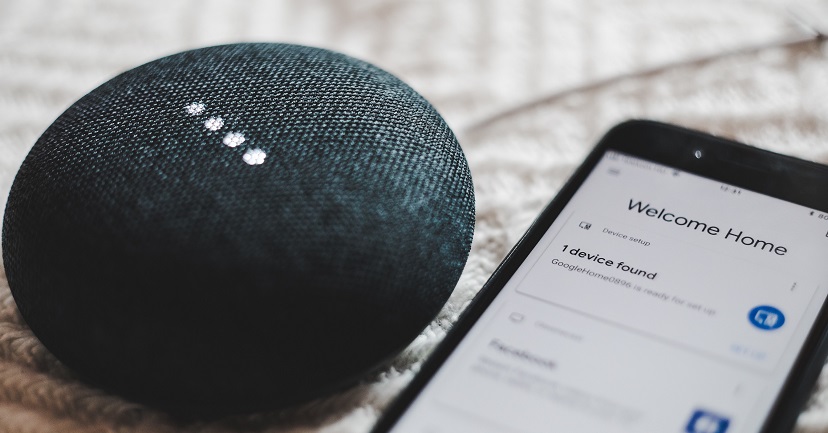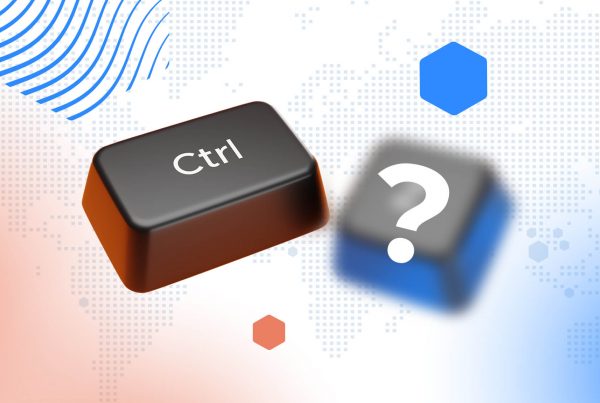
Over the course of this year, you may have heard a lot of buzz about 5G technology. The latest network is setting a new bar for transmitting data between different devices at tremendous speeds, with an immense capacity for storing and moving information. We’ve watched network technology evolve from 2G (GSM) back in the day to the current prevailing 4G (LTE-A, WiMax). So what’s the difference with the new 5G network rolling in? We tell you what you need to know.
What exactly is 5G technology?
5G refers to the fifth generation of mobile phone networks. Since the first standardized mobile phone network was introduced in 1982, new and advanced networks have been adopted and deployed approximately every 9 years. So this year, telcos and tech companies are preparing their infrastructure and customers for the transition to 5G.

Specifications of the new 5G network
- A data rate of up to 10Gbps → 10 to 100x improvement over 4G and 4.5G networks
- millisecond latency
- Up to 100x the number of connected devices per unit area (compared to 4G LTE)
- 100% coverage
- 100x the bandwidth per unit area
- 99.999% availability
- Up to 10 years of battery life for low power IoT devices
- 90% reduction in network energy usage
The Future with 5G Technology
When will we be able to use 5G?
While there have been a number of 5G-capable phones introduced this year, their usage is limited by the customer’s country and carrier. The network rollout is in process, with the US, UK, and South Korea having already implemented their 5G networks. Ericsson forecasts that 5G subscriptions will reach 1.9 billion by 2024, accumulating a coverage of up to 65% of the world’s population. (Read more about 5g Network Countries)

Higher connection speed
At its maximum speed, 5G operates at 10Gbps. That’s 100 times the speed of current 4G networks, which go up to about 100Mbps. Imagine being able to download an entire HD movie in less than 10 seconds. Tasks that once took several minutes over a 4G connection will now only require the blink of an eye over 5G connectivity.
Truly connected cities
Experts predict that close to 30 billion devices will be connected globally by 2020. Among those devices, a majority of them will be industrial connections. This will enable cities to function at a higher level in terms of speed and capacity to support the amount of information generated by people. This feat was previously hindered with 4G networks, but it will now be made possible with 5G.

Autonomous Cars
With the introduction of 5G technology, autonomous cars will be safer, more efficient, and enjoyable for use. The new network has a lower lag-time, which allows autonomous cars to be closely connected to other devices, including traffic lights, smart city infrastructure, and more. With 5G, the dream of autonomous cars will finally become a reality.




